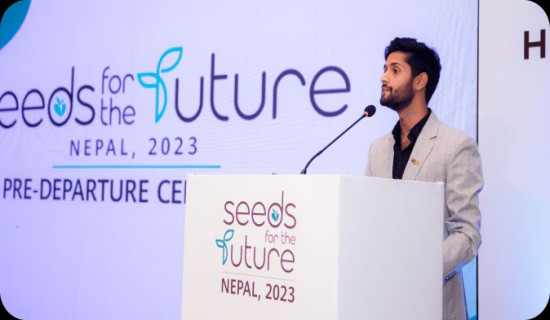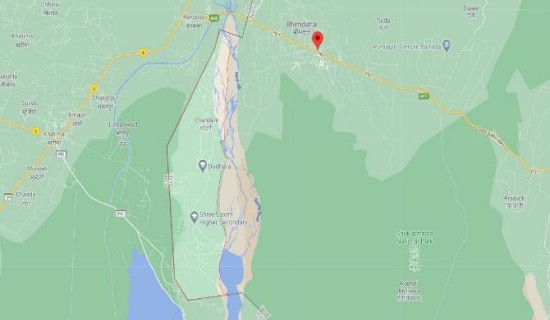- Friday, 9 May 2025
Citizen Journalism
Adarsh Acharya
Citizen journalism that has gained ground in recent years has played a pivotal role in disseminating commoners' voice. It is promoting transparency, good governance and people's access to decision-making process. In the late 1990s, Evan Williams and Meg Hourihan launched blogger.com where individuals could publish their own content, giving rise to blogosphere that eventually democratised the production of news and individuals opinions. This enabled anyone to act as a journalist, hence the citizen journalism. Similarly, in South Korea “OhmyNews” was one of the earliest and most successful example of a news platform that heavily relied on contributions from citizen journalists, reflecting the spirit of its slogan, “every citizen is a reporter”.
Following the September 9/11 terrorist attack in the USA, many people shared real time photos, videos and eyewitness experiences of the deadliest such attack on that country. This highlighted the potential of citizen journalism as non-journalists covered breaking news from the spot. In the developing countries like Nepal, citizen journalism can play an important role in raising diverse voices including that of marginalised communities and rural regions. This helps spur civic engagement, bring hidden yet important issue to the fore and address the abuses of human rights.
The real time reporting of pertinent social and economic issues ensures prompt response from the concerned stakeholders and common people, thereby contributing to their solution. The rise of social media platforms such as Facebook, X (formerly Twitter) and YouTube have impacted the flow of information and generated quick feedback. They have served as the alternative means of informing the public. In the time of pandemic and natural disasters, the citizen journalists spread information and awareness about the potential loss of lives and properties. Their quick updates help save the lives of many people. The citizen journalism was at forefront during the 2009 Iranian election and Arab Uprising.
According to Walter Lippmann, noted journalist and author of 'Public Opinion,' citizen journalism's main obstacle is that it can fall prey to misinformation in the absence of verification and struggle in providing the depth analysis of the complex issues. Public opinions are largely shaped by stereotypes and incomplete information that can creep into the content of citizen journalism and auteur reporting. This might erode the credibility and accountability of citizenship journalism. .
According to a study, the digital literacy rate in Nepal is 31 per cent only while media literacy is very low. Audience are likely to accept what the citizen journalism feeds the public, which might risk the spread of fake news. Journalism is the fourth pillar of democracy. The role it has historically played in bringing about democracy in Nepal cannot be overstated. In the absence of press freedom, we cannot imagine a democratic society. With the emergence of cutting-edge technology, citizen journalism has scaled newer heights. It has enabled to articulate the voice of the voiceless who have no access to mainstream media. While it has empowered people on many fronts, keeping its image clean in the age constantly bombarded with misinformation has posed as a formidable challenge.










-original-thumb.jpg)





